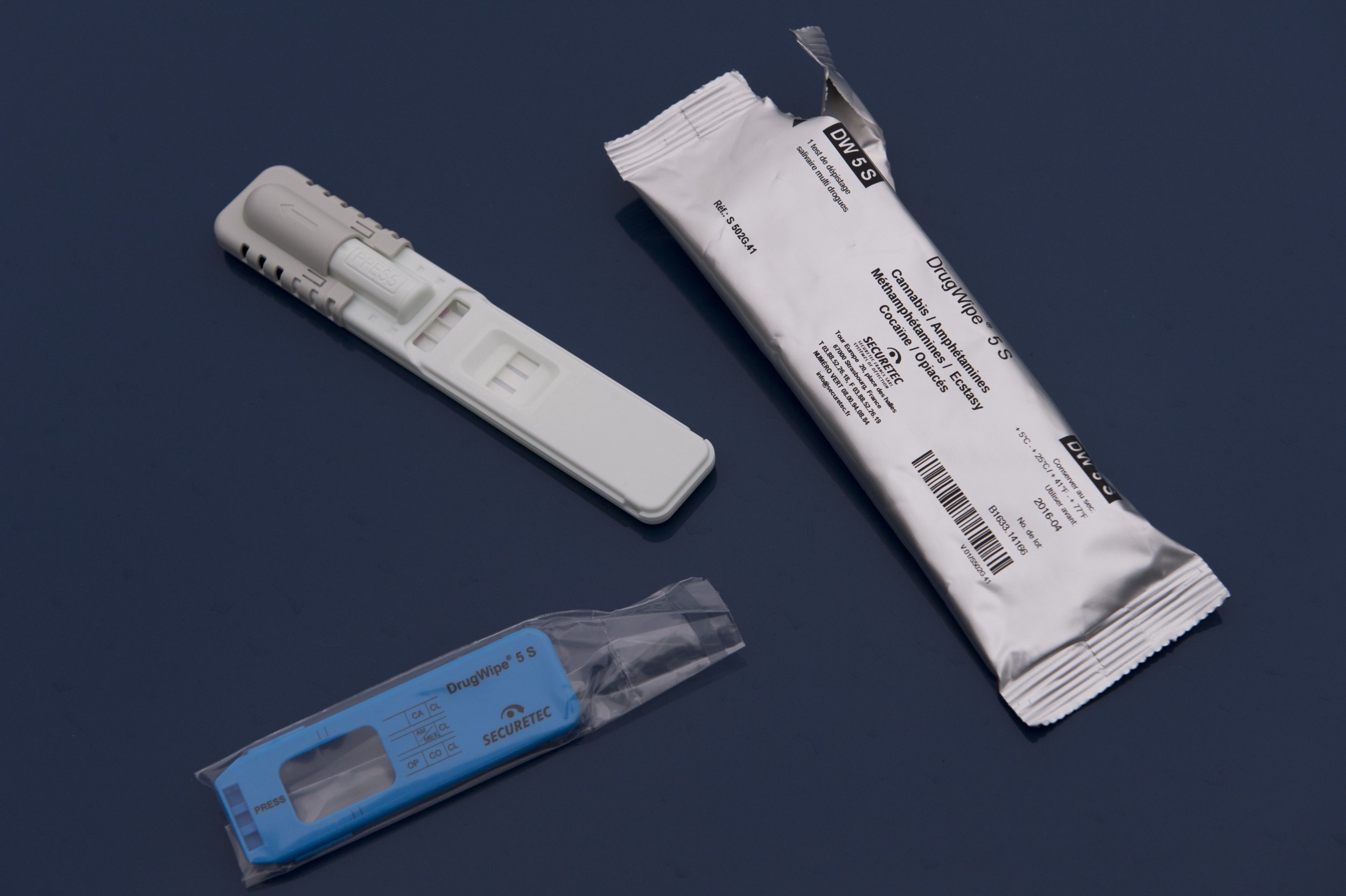
Having traces of cocaine or heroin on your fingertips isn't unusual, even if you've never used either drug, at least for the subjects of a new study.
Amid the opioid epidemic—which is impacting countries across the globe—researchers from the University of Surrey in England explored how fingerprints can shed light on who is using illicit drugs and who has merely been exposed to them.
Related: FDA Approves Injectable Opioid To Help Fight America's Drug Crisis
In a small study, published in the journal Clinical Chemistry, a team of forensic scientists analyzed sweat drawn from fingerprint samples. Their data included fingerprints from 50 individuals who said they'd never done drugs and 15 others who admitted to using either cocaine or heroin in the past day. Despite never having used drugs, about 13 percent of the fingerprints from non-drug users revealed small amounts of cocaine and one percent of fingerprints revealed heroin.
It's possible the traces of cocaine came from touching money, considering a number of studies have shown that a majority of bills are contaminated with the drug.
"Believe it or not, cocaine is a very common environmental contaminant - it is well known that it is present on many bank notes," Melanie Bailey, an analytical and forensic science lecturer at the University of Surrey, who co-authored the study, said in a statement.
Despite knowing this, Bailey and her team were still surprised at how high the levels of cocaine and heroin were on drug user's fingerprints, even after they washed their hands, she told Newsweek via email.
In order to tell apart who had actually used drugs and who came into contact with them via money or some other environmental contaminant, Bailey and her colleagues set a "cut-off", or decision level to determine what a "normal" amount of drug residue is. Cut-off levels are used in hair analysis—another form of drug detection—but not for fingerprint testing, "probably because fingerprint testing is far less mature," the authors explain in their paper. Even after the volunteers washed their hands, the cut-off levels were still useful for distinguishing between drug and non-drug users.
Related: Viral Heroin Overdose Photo of Mother Unconscious in Car Helped Her Get Sober
The team plans to further explore how to use the tests to aid people in prison.
"We have plans to work with the prison service to see if the test can be applied to the new drugs that people are taking," Bailey said. "We are also exploring the possibility of using a fingerprint to confirm if a patient has taken their medication because we think this might be of interest in clinical trials."
The research was partially funded by Intelligent Fingerprinting, a U.K.-based company which claims to have developed the world's first fingerprint-based drug testing method.
Uncommon Knowledge
Newsweek is committed to challenging conventional wisdom and finding connections in the search for common ground.
Newsweek is committed to challenging conventional wisdom and finding connections in the search for common ground.
About the writer
To read how Newsweek uses AI as a newsroom tool, Click here.








